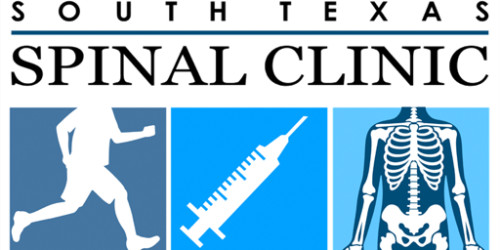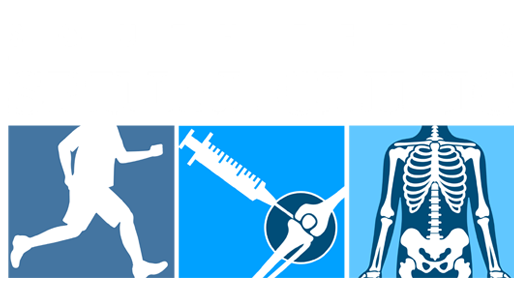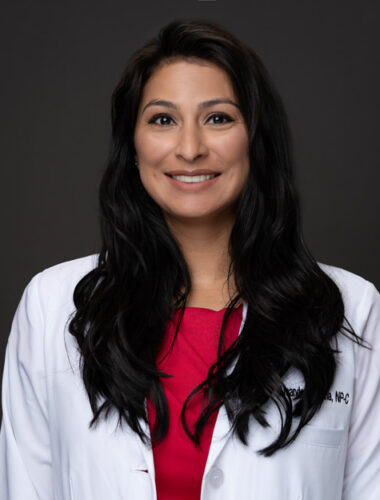

Orthopedic Surgeons and Physical Therapists Located in San Antonio and South Texas
Orthopedic Surgery Q & A
 When spinal issues compromise your quality of life, causing pain and restricting mobility, orthopedic surgery becomes a viable solution. The orthopedic surgeons at South Texas Spinal Clinic, specializing in spinal surgery, possess extensive training and experience. To receive an expert evaluation of your condition and discuss your candidacy for surgery, contact their office in the San Antonio or South Texas area or conveniently book an appointment online.
When spinal issues compromise your quality of life, causing pain and restricting mobility, orthopedic surgery becomes a viable solution. The orthopedic surgeons at South Texas Spinal Clinic, specializing in spinal surgery, possess extensive training and experience. To receive an expert evaluation of your condition and discuss your candidacy for surgery, contact their office in the San Antonio or South Texas area or conveniently book an appointment online.
Orthopedic Surgery Q & A
What Services are Provided by Orthopedic Surgeons?
Orthopedic surgeons address a wide range of musculoskeletal conditions in individuals of all ages. Apart from their surgical expertise, they offer various nonsurgical treatments, including medications and specialized joint or muscle injections for pain relief. Additionally, the team at South Texas Spinal Clinic oversees a physical therapy and rehabilitation center, delivering essential services for pain relief, strength rebuilding, functional improvement, and post-injury and surgery recovery.
What are the Different Types of Orthopedic Surgery?
As spine specialists, the orthopedic surgeons at South Texas Spinal Clinic frequently perform surgeries such as:
Anterior Cervical Discectomy and Fusion: Relieving nerve compression caused by a ruptured disc in the cervical spine (neck) through a small incision in the front of the neck. The damaged disc is removed and replaced with a small bone graft that gradually fuses with the adjacent vertebrae.
Lumbar Laminectomy: Alleviating compressed nerves in the lower back (lumbar spine) by removing the lamina, the flat portion of the vertebrae covering the nerve, thus relieving nerve pressure.
Lumbar Microendoscopic Discectomy: Utilizing an operating microscope and specialized microsurgical techniques to remove the portion of a ruptured or herniated disc pinching the nerve.
What is Minimally Invasive Surgery?
Minimally invasive surgery involves small incisions and specialized surgical instruments inserted through tubes. An endoscope with a video camera provides a magnified, three-dimensional view of the surgical area. The benefits include quicker healing, less blood loss, minimal scarring, and reduced trauma to the body. The surgeons at South Texas Spinal Clinic also perform robot-assisted surgery, enhancing precision and capabilities beyond human hands.
Common Back and Spine Conditions
- Herniated Disc
- Disc Degeneration
- Degenerative Spondylolisthesis
- Spinal Stenosis
- Muscle Injury
- Spinal Injury
- Spinal Stiffness
- Arthritis
- Compression Fracture (Osteoporosis)
Orthopedic surgery is a specialized branch of surgery focused on the diagnosis, treatment, prevention, and rehabilitation of disorders, injuries, and diseases of the musculoskeletal system. This system includes bones, joints, ligaments, tendons, muscles, and nerves, all of which are essential for movement and daily activities. Orthopedic surgeons are highly trained specialists who use both surgical and non-surgical methods to treat a wide range of conditions, from fractures and sports injuries to arthritis and congenital deformities.
Common Orthopedic Conditions Treated with Surgery
Orthopedic surgery is used to address various musculoskeletal issues, many of which can significantly impact a person’s quality of life. Some of the most common conditions that may require orthopedic surgery include:
Joint Disorders:
- Conditions such as osteoarthritis, rheumatoid arthritis, and joint instability can cause severe pain and limited mobility. Surgical interventions, such as joint replacement or arthroscopy, can help alleviate symptoms and restore function.
Fractures:
- Broken bones, especially complex or displaced fractures, often require surgical repair to ensure proper alignment and healing. Techniques such as internal fixation, using plates, screws, or rods, stabilize the bone during recovery.
Sports Injuries:
- Athletes are prone to injuries like torn ligaments (e.g., ACL tears), meniscus tears, and rotator cuff injuries. Orthopedic surgery, including minimally invasive techniques, is often necessary to repair these injuries and help patients return to their sport.
Spinal Disorders:
- Conditions like herniated discs, spinal stenosis, and scoliosis can cause chronic back pain and nerve compression. Surgical options, such as spinal fusion, decompression, or disc replacement, may be recommended to relieve symptoms and stabilize the spine.
Congenital and Developmental Disorders:
- Some individuals are born with or develop musculoskeletal abnormalities, such as hip dysplasia or clubfoot. Orthopedic surgery can correct these conditions, improving function and quality of life.
Soft Tissue Injuries:
- Injuries to tendons, ligaments, and muscles, such as Achilles tendon ruptures or severe sprains, may require surgical repair to restore strength and mobility.
Types of Orthopedic Surgery
Orthopedic surgery encompasses a wide range of procedures, each tailored to address specific conditions and patient needs. Some of the most common types of orthopedic surgeries include:
Joint Replacement Surgery:
- Joint replacement, particularly of the hip and knee, is one of the most common orthopedic procedures. It involves replacing a damaged joint with a prosthetic one, which can significantly reduce pain and improve mobility in patients with severe arthritis or joint degeneration.
Arthroscopy:
- Arthroscopy is a minimally invasive surgical technique used to diagnose and treat joint problems. It involves making small incisions and inserting a camera and specialized instruments into the joint. Arthroscopy is commonly used for conditions like torn cartilage, ligament injuries, and joint inflammation.
Spinal Surgery:
- Spinal surgery includes procedures such as laminectomy, spinal fusion, and disc replacement. These surgeries are often performed to relieve pressure on the spinal cord or nerves, stabilize the spine, or correct deformities.
Fracture Repair:
- Fracture repair surgery, or internal fixation, involves using metal plates, screws, rods, or pins to hold broken bones in place while they heal. This approach is essential for complex fractures that cannot heal properly with a cast or splint alone.
Ligament and Tendon Repair:
- Repairing torn ligaments and tendons is common in sports medicine. Procedures like ACL reconstruction or rotator cuff repair use grafts or sutures to restore stability and function to the affected area.
Corrective Surgery:
- Corrective orthopedic surgeries, such as osteotomy or limb lengthening, are performed to realign bones, correct deformities, or improve limb function.
Benefits and Risks of Orthopedic Surgery
Orthopedic surgery can provide significant benefits, including pain relief, improved mobility, and enhanced quality of life. For many patients, surgery is the key to regaining independence and returning to normal activities. Advanced techniques, including minimally invasive surgery and robotic-assisted procedures, have further improved outcomes by reducing recovery times and minimizing complications.
However, like any surgery, orthopedic procedures carry risks, such as infection, blood clots, nerve damage, and complications related to anesthesia. The success of orthopedic surgery also depends on factors like the patient’s overall health, the severity of the condition, and adherence to postoperative care and rehabilitation.
Recovery and Rehabilitation
Recovery from orthopedic surgery varies depending on the procedure performed and the patient’s individual circumstances. Rehabilitation is a crucial part of the recovery process, involving physical therapy to restore strength, flexibility, and function to the affected area. A well-structured rehabilitation plan can significantly enhance recovery outcomes and help patients return to their daily activities more quickly.




